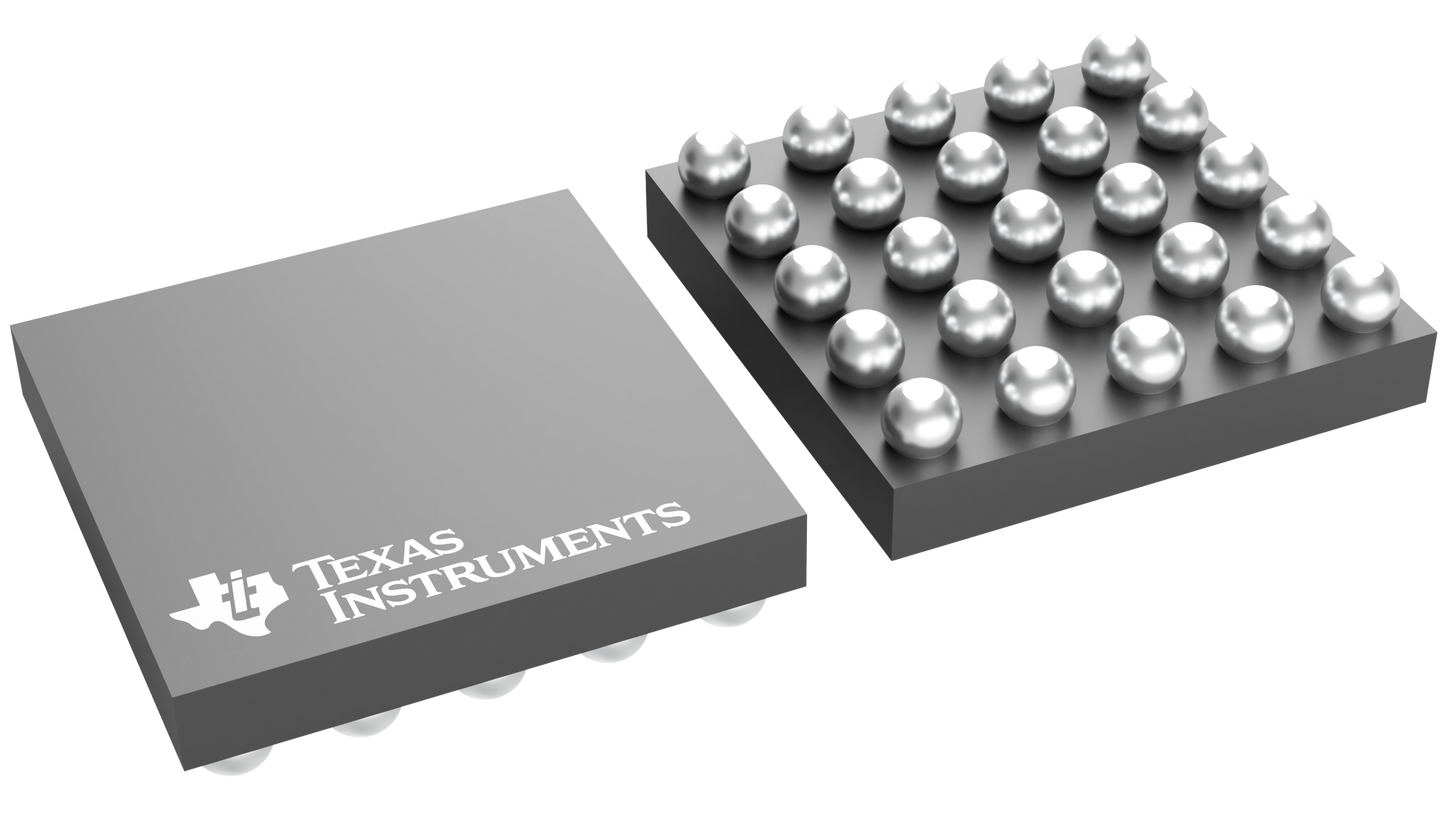Texas Instruments
LM48520TL/NOPB
LM48520TL/NOPB
Couldn't load pickup availability
LM48520TL/NOPB Texas Instruments - Yeehing Electronics
2.7-W, stereo, analog input Class-D audio amp with integrated boost & EMI spread spectrum
Pricing (USD)
| Quantity | Unit Price |
| 1 — 99 | 3.016 |
| 100 — 249 | 2.643 |
| 250 — 999 | 1.853 |
| 1,000 + | 1.05 |
The above prices are for reference only.
Specifications
| Manufacturer | Texas Instruments |
| Product Category | Audio Amplifiers |
| RoHS | Y |
| Series | LM48520 |
| Product | Audio Amplifiers |
| Class | Class-D |
| Output Power | 1.3 W |
| Mounting Style | SMD/SMT |
| Type | Stereo |
| Package / Case | uSMD |
| Audio - Load Impedance | 8 Ohms |
| THD plus Noise | 0.04 % |
| Supply Voltage - Max | 5 V |
| Supply Voltage - Min | 2.7 V |
| Minimum Operating Temperature | - 40 C |
| Maximum Operating Temperature | + 85 C |
| Packaging | Reel |
| Description/Function | Speaker |
| Height | 0.36 mm |
| Input Type | Differential |
| Length | 2.49 mm |
| Output Type | 2-Channel Stereo |
| Supply Type | Triple |
| Width | 2.49 mm |
| Brand | Texas Instruments |
| Number of Channels | 2 Channel |
| CMRR - Common Mode Rejection Ratio | 67 dB |
| Development Kit | LM48520TLBD |
| Dual Supply Voltage | 3 V, 5 V |
| Maximum Dual Supply Voltage | 5 V, 5.5 V |
| Minimum Dual Supply Voltage | 2.4 V, 2.7 V, 3 V |
| Operating Supply Current | 14.8 mA |
| Operating Supply Voltage | 2.7 V to 5 V |
| Output Signal Type | Differential |
| Product Type | Audio Amplifiers |
| PSRR - Power Supply Rejection Ratio | 82 dB |
| Factory Pack Quantity | 250 |
| Subcategory | Audio ICs |
For more information, please refer to datasheet
Documents
| LM48520TL/NOPB Datasheet |
More Information
The LM48520 integrates a boost converter with a high efficiency Class D stereo audio power amplifier to provide up to 1W/ch continuous power into an 8Ω speaker when operating from 2.7V to 5.0V power supply with boost voltage (PV1) of 5.0V. The LM48520 utilizes a proprietary spread spectrum pulse width modulation technique that lowers RF interference and EMI levels. The Class D amplifier is a low noise, filterless PWM architecture that eliminates the output filter, reducing external component count, board area, power consumption, system cost, and simplifying design.

